One of the unanswered questions from yesterday’s post was, “What degradation does the variable ND filter do to the image?” Today I set out to get a handle on that. I went into a dark room and lit a smaller version of the ISO 12233 target with two Paul Buff White Lightning X1600 (1600 watt-second) strobes. Put the 55mm f/1.8 Sonnar FE on the a7R, and the a7R on a RRS generic plate, and the plate on an Arca Cube head, and the head on a RRS TVC-34L Versa Series 3 tripod, and the tripod on a vinyl-tile-over-concrete floor. With the duration of the strobe flash varying from 1/900 to 1/6000 of a second to half power, or from 1/300 to 1/2000 of a second to one-tenth power, the steadiness of the camera might come into play. I set the strobes on slave mode, and used a Nikon hot-shoe flash for a trigger. I set the shutter speed to 1/125.
I set the ISO to 100, installed the Heliopan variable ND filter, and turned it to max. I took some pictures of the target at full strobe power. I found that I needed f/8 to keep from blowing out the highlights. I would have preferred to use f/5.6, but sometimes, you have to take what you can get. Then I set the ND filter to minimum absorption, turned the power down on the strobes so that I got pretty much the same histogram, and made another set of exposures. Finally, I took the ND filter off completely, turned down the strobe all the way, and checked the light levels. Too bright. I removed the reflector from one of the strobes, and made some more exposures.
In Lightroom, I checked each of the exposures in each set to make sure they were the same, and they were. I exported an example of each as a layer in a single Photoshop image, and compared the area of the ISO 12233 target that I’ve been showing you all along.
Here’s a full-frame view:
Here’s the image (x3 using nearest neighbor) with the maximum ND filter absorption, and a full dump on the strobe:
Here’s what you see with the ND filter set to minimum absorption, and the strobe turned way down:
And here’s the no-filter-at-all image:
There is virtually no difference between the image with no filter and the one with the filter set to min. When the filter is set to max, the resolution is somewhat worse on the vertical lines, and about the same on the horizontal ones. This anisotropy makes me think that we might be looking at camera motion, even with the strobe duration being pretty fast. There are two ways to find out. Does a faster strobe make a difference? Alternately, does a delay between opening the shutter and firing the strobe make a difference? It’s more convenient for me to test the second way, so that’s what I did.
I put a Hoya ND400 (9-stop) ND filter on the a7R. I set one strobe up, and told it to give a full dump. I set the f-stop to 5.6. I made a set of exposures in a dark room with a 5-second shutter speed and a 2-second self-timer delay, triggering the strobe manually a couple of seconds after the shutter opened. Then I made some exposures with X-synch and a shutter speed of 1/125. I checked the exposures of each set to make sure they were virtually identical. They were. I compared them, and saw big differences.
A delayed strobe image:
An X-synch at 1/125 image:
This is truly a revelation. I’m used to thinking that strobe durations are so short that I don’t have to consider camera vibrations. In the wonderful world of 36 mega pixels, that’s not true.
Suggestions for future work:
Repeat the tests of the first part of this post with a strobe with a shorter duration. Alternatively, repeat them with manually-delayed strobe firing. It is entirely possible that the differences in sharpness at the extremes of the ND filter setting ring are caused in whole or in part by variations in strobe duration.
Do the testing of the last part of the post with the D800E with and without mirror lockup. I never lock up the mirror when I’m using strobes, but it looks like it could make a difference in sharpness.
I’m amazed!
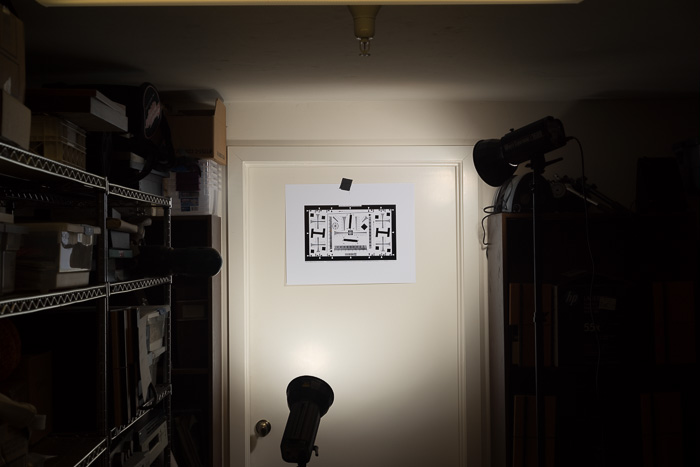
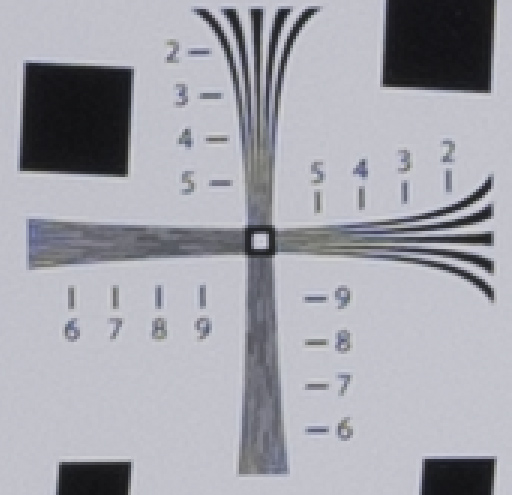
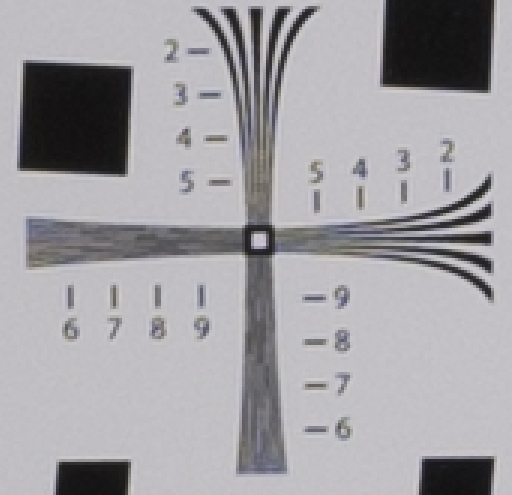
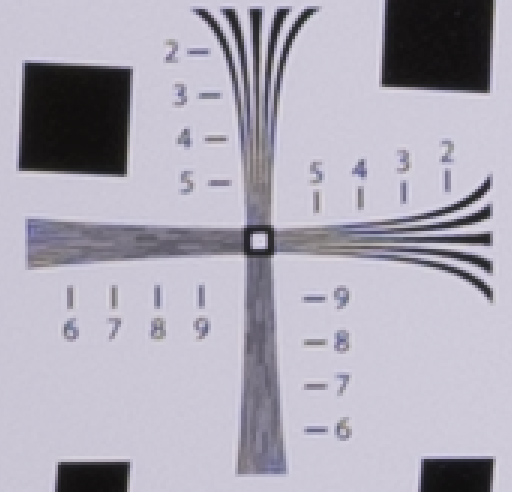
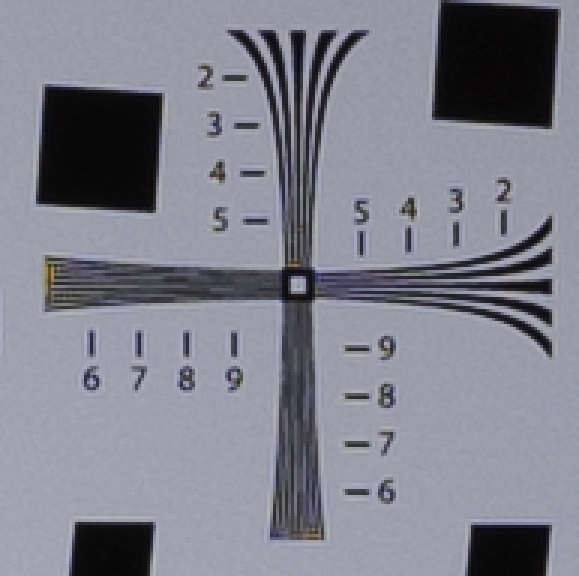
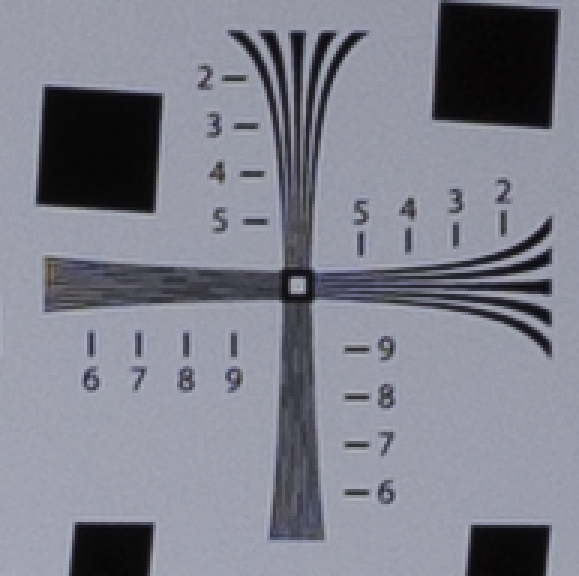
Leave a Reply